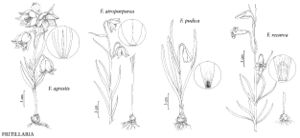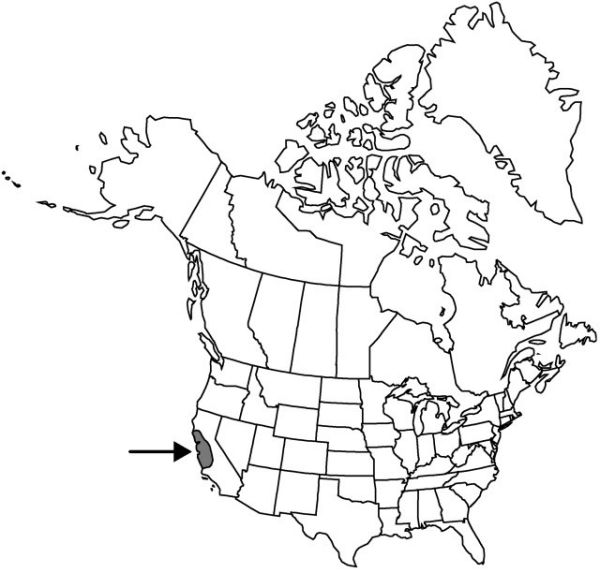Difference between revisions of "Fritillaria agrestis"
Erythea 3: 67. 1895.
Common names: Stinkbells
IllustratedEndemic
Synonyms: Fritillaria biflora var. agrestis Greene
Treatment appears in FNA Volume 26. Mentioned on page 167.
imported>Volume Importer |
imported>Volume Importer |
||
| Line 58: | Line 58: | ||
|publication year=1895 | |publication year=1895 | ||
|special status=Illustrated;Endemic | |special status=Illustrated;Endemic | ||
| − | |source xml=https:// | + | |source xml=https://bitbucket.org/aafc-mbb/fna-data-curation/src/2e0870ddd59836b60bcf96646a41e87ea5a5943a/coarse_grained_fna_xml/V26/V26_280.xml |
|genus=Fritillaria | |genus=Fritillaria | ||
|species=Fritillaria agrestis | |species=Fritillaria agrestis | ||
Latest revision as of 22:14, 5 November 2020
Bulb scales: large 2–9; small 0–2. Stem 3–6 dm. Leaves 5–12, alternate, crowded near proximal center of stem, 5–15 cm; blade linear to lanceolate-oblong. Flowers nodding, odor definitely unpleasant; tepals greenish to purplish brown adaxially, white or yellow abaxially, ovate, 1.8–3.5 cm, apex not recurved; nectaries prominent, green, narrowly linear, forming narrow band 2/3 to equaling tepal length; style obviously branched for 1/2 its length, branches longer than 1.5 mm. Capsules angled. 2n = 24.
Phenology: Flowering Mar–Apr.
Habitat: Depressions with clay or other heavy soils
Elevation: 0–500 m
Discussion
This species is uncommon.
Selected References
None.
Lower Taxa
None.

